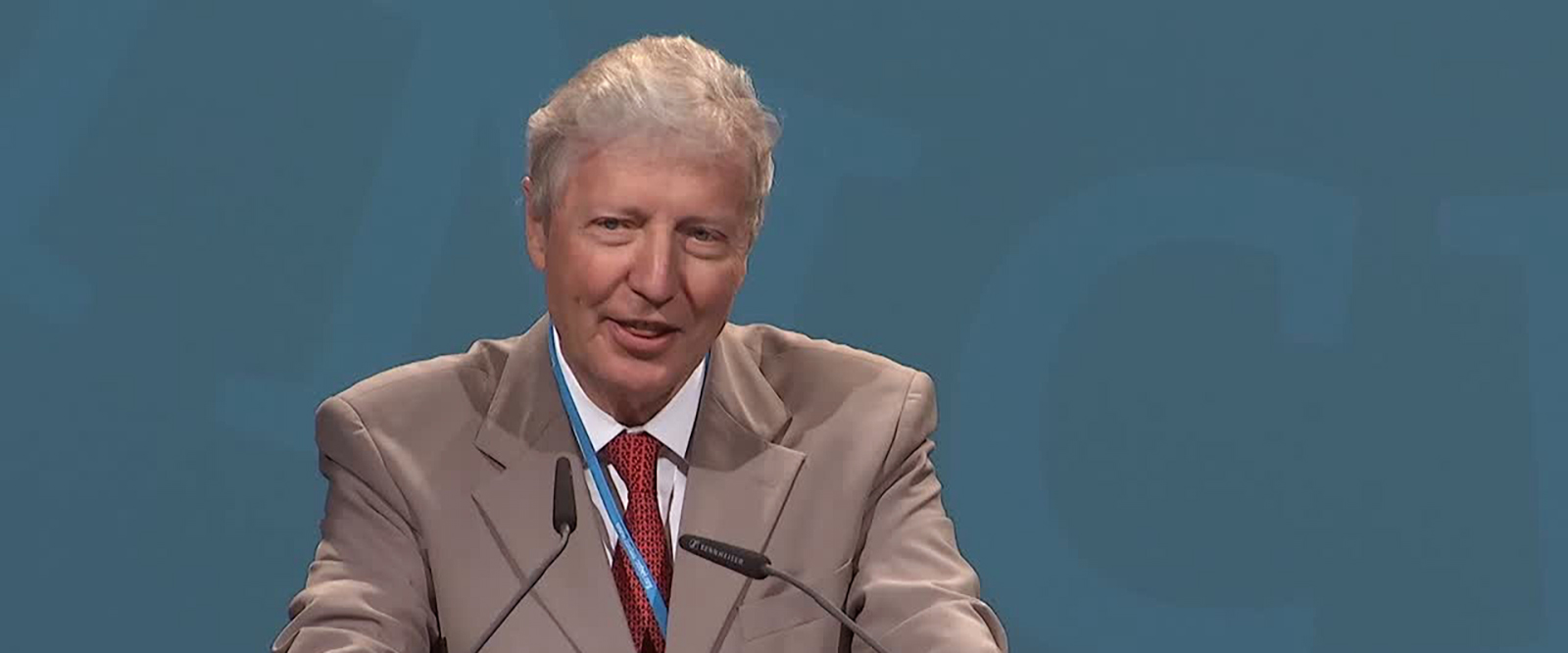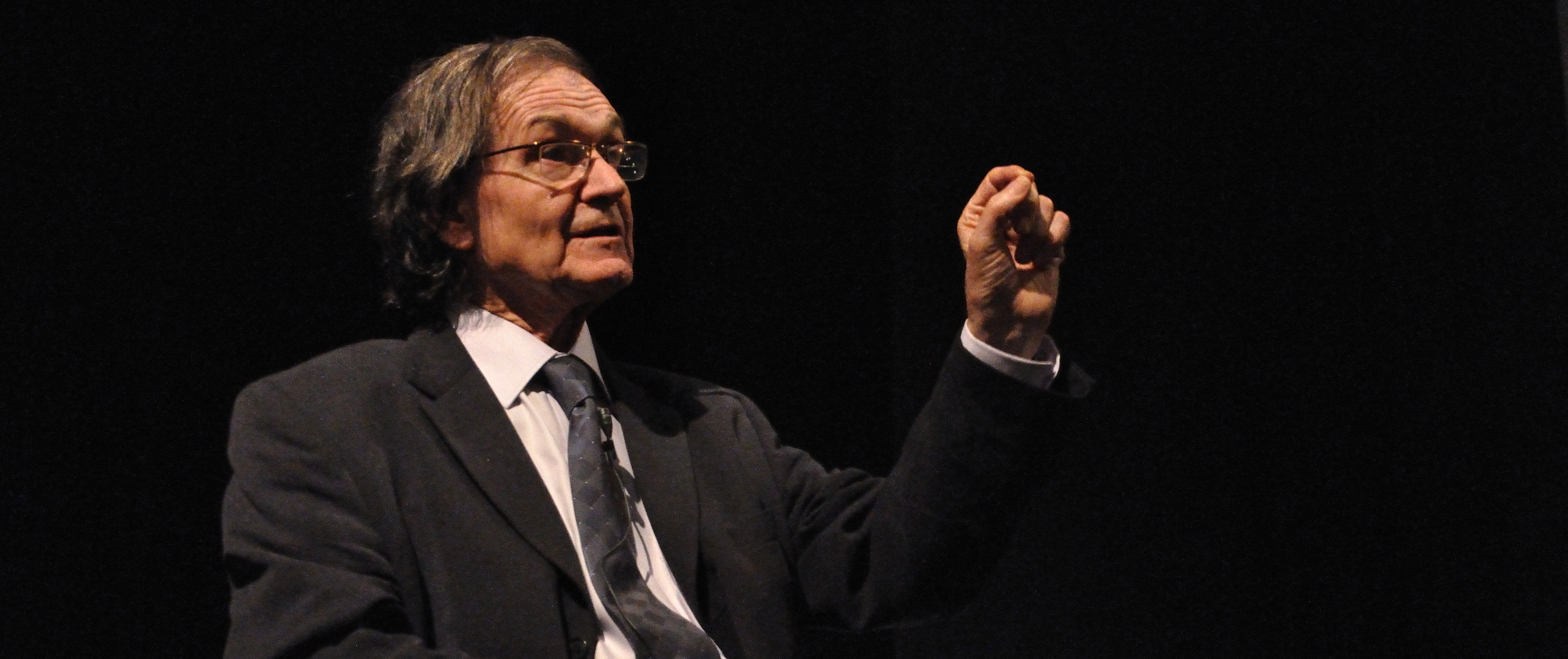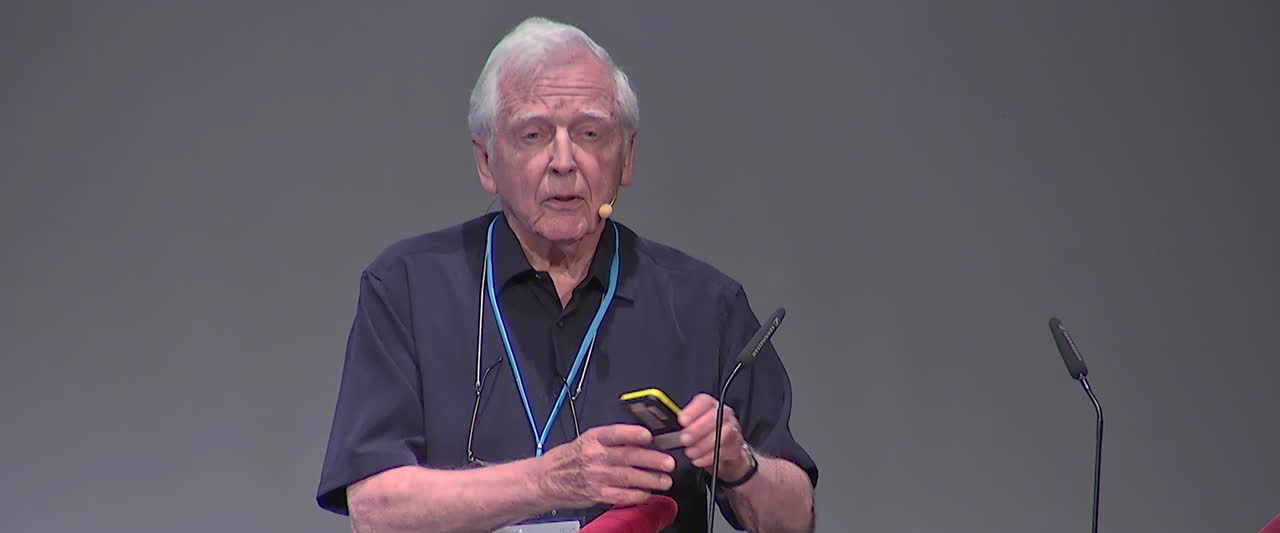A Giannetti, University of Modena.
The seminar will take place in the College lecture theatre at 6.00 pm. The poster can be downloaded here. The above image is from Kim Jensen, Stem Cell Institute, Cambridge (UK). The epidermis is a complex tissue renewed between 7 and 21 days. The epidermal stem cells are located mainly in the sheath of the hair follicle, in the interior of a niche, the so-called ‘bulge’. Keratinocyte holoclones display the strongest clonogenic capacity and a proliferative potential, they are multipotent and capable of ensuring effective tissue regeneration (they are able to form the hair follicle, the epidermis and sebaceous glands). Stem cells within the conjunctiva can form the epithelium of conjunctiva itself and the mucus glands. Stem cells within the cornea give rise to the corneal epithelium of the cornea. The cornea originated from stem cells from the limbus area transplanted to patients whose cornea had been damaged by physical or chemical burns restored eye sight, a functional recovery retained 10 years after the original transplant. Skin stem cells can now be used successfully to treat loss of skin, whether caused by burns or large wounds in the large or serious vascular ulcers and certain congenital diseases causing depigmentation. The most dramatic application thus far, however, involves the gene therapy / stem cell - mediated therapy of Epidermolysis Bullosa (EB), a genetic disease due to mutations in the alpha-6 beta-4 integrin and/or laminin gene(s) and resulting in extreme skin fragility and potential death. Successful rescue of the skin of these patients has been achieved and retained up to 7 years from the original graft. Experimental therapy of other types of EB have been less straightforward and will be discussed during the seminar.
[1] Rheinwald JC & Green H: Serial cultivation of strains of human epidermal keratinocytes: the formation of keratinizing colonies from single cells. Cell 6:331 (1975)
[2] De Luca M et al. Regeneration of sqamous epithelia from stem cells of cultured grafts. Regen Med 1:45 (2006)
[3] Mavillo F et al. Correction of Junctional Epidermolysis Bullosa by transplantation of genetically modified epidermal stem-cells. Nat Med 12: 1397 (2006)
[4] De Rosa L et al. Long term stability and safety of transgenic cultured epidermal Stem Cell in gene therapy. Stem Cells Rep 2:1 (2013)
Alberto Giannetti was born in La Spezia (Italy) in 1939 and studied Medicine at Collegio Cairoli and the University of Pavia where he graduated in 1963. He subsequently studied and carried out research in Dermatology in Pavia and Amsterdam, was President of the European Society for Dermatological Research (ESDR) for 1984 and 1985 and was Professor of Dermatology at the University of Modena from 1986 where he is now Emeritus Professor. He has been a member of several National Boards, including the AIDS one, and has been Director of Istituto Dermopatico dell’ Immacolata in Rome from 1998 to 2000. He has published extensively in several areas of skin research, contributed to a number of research books and edited the Trattato Italiano di Dermatologia, a reference work also available in English, a copy of which A Giannetti donated to the College library. He received prizes from the European Dermatology Forum, the European Academy of Dermatology and Venereology, the Japanese Society of Dermatology and the International League of Dermatological Societies.












